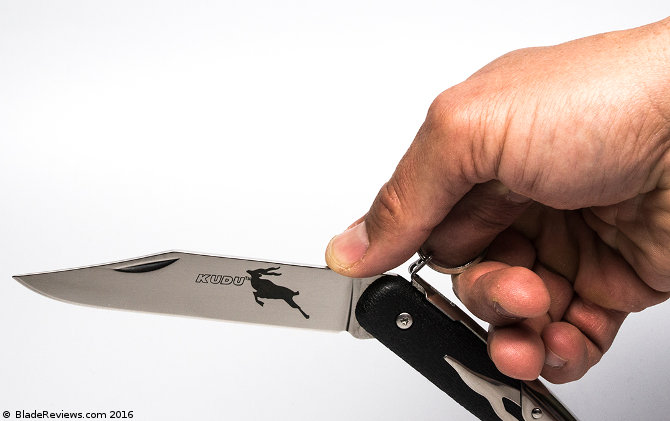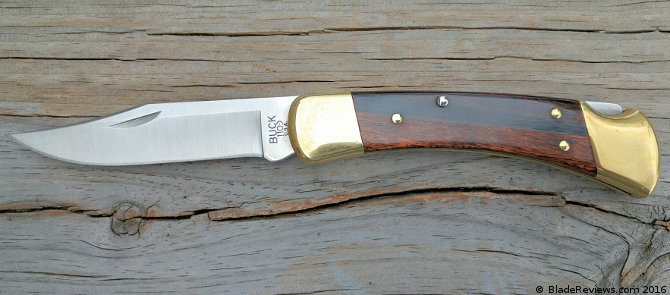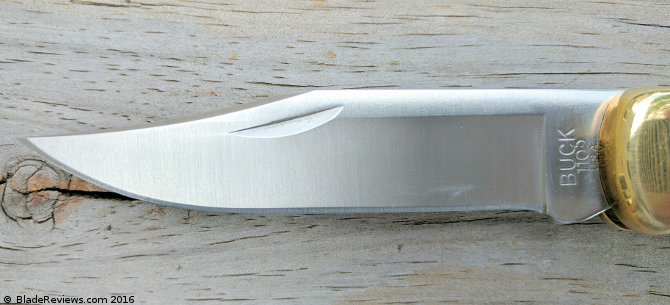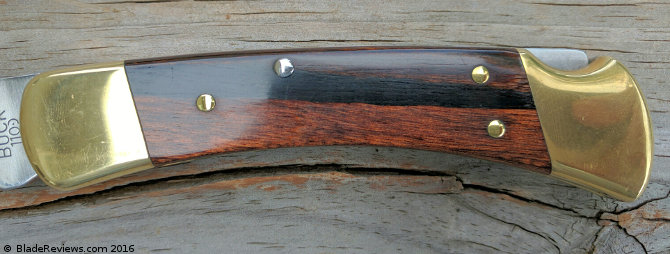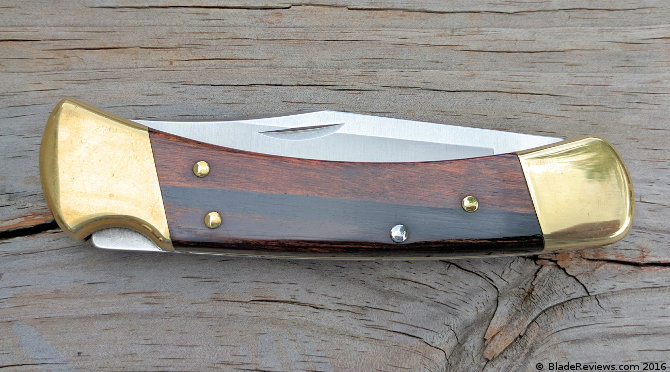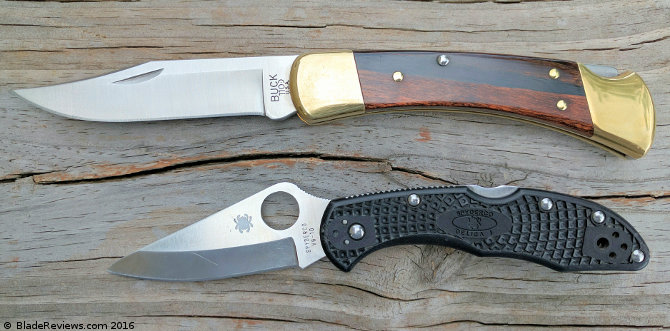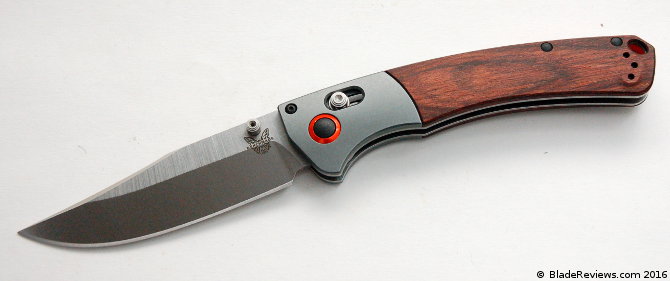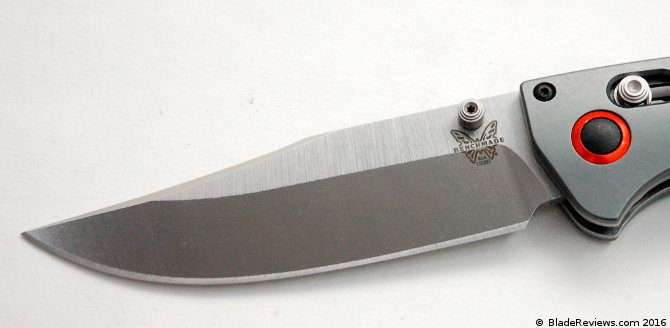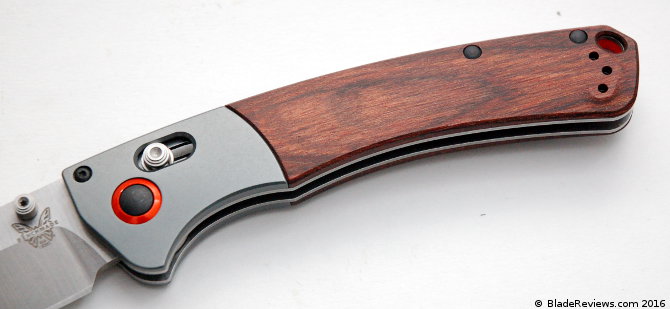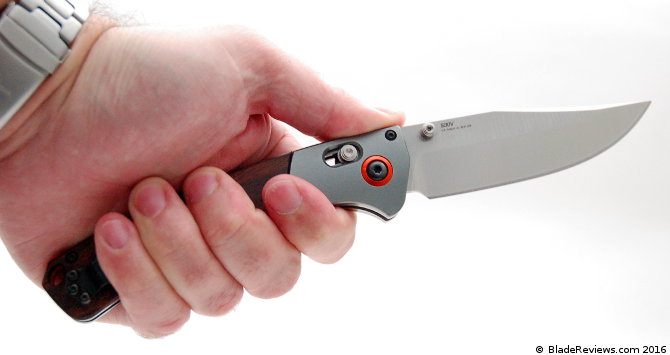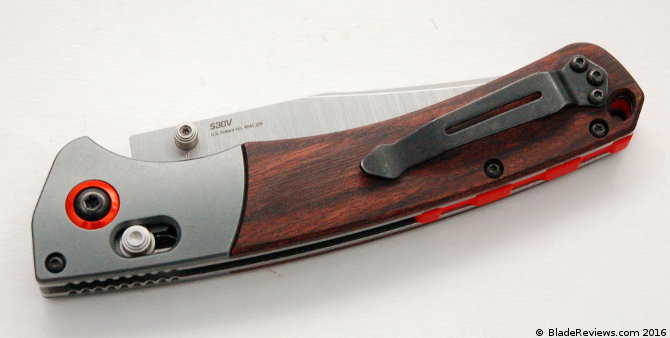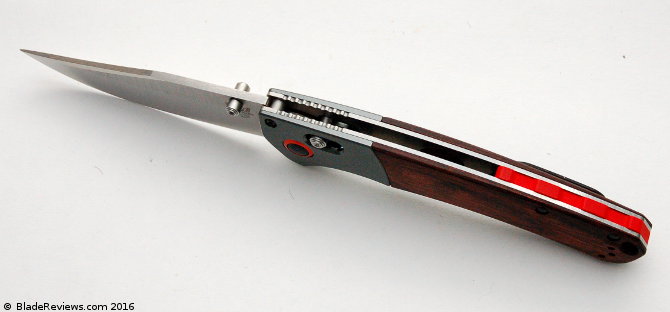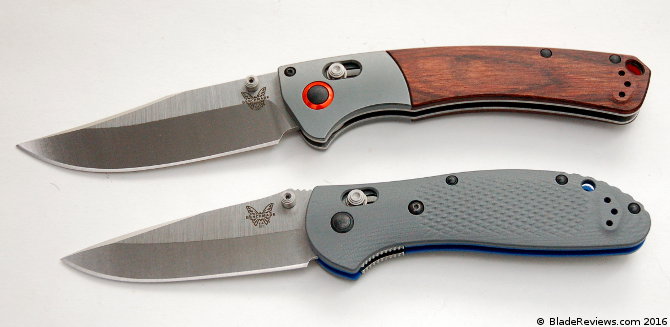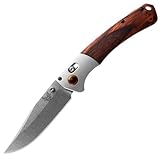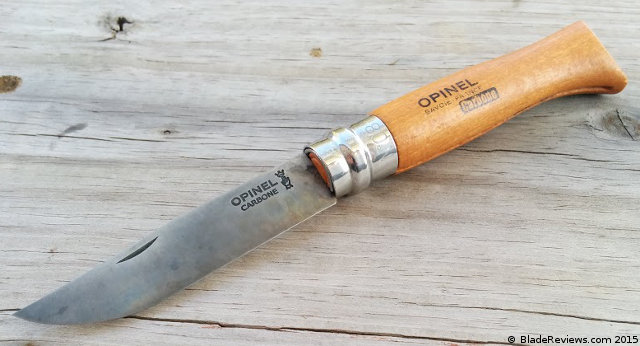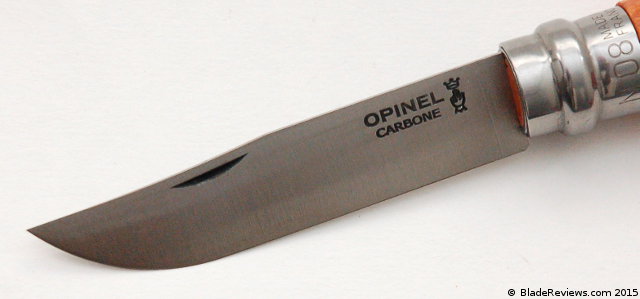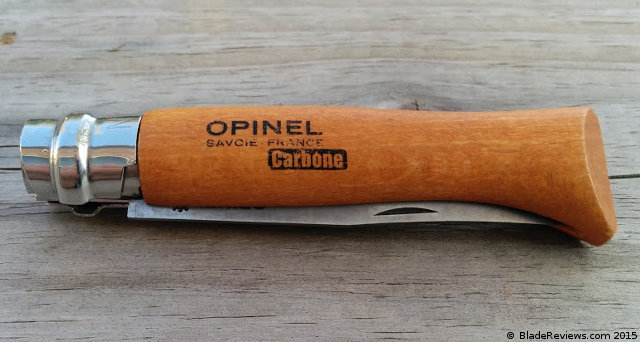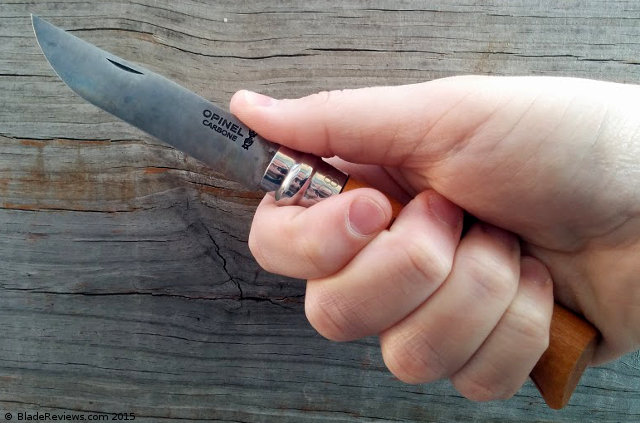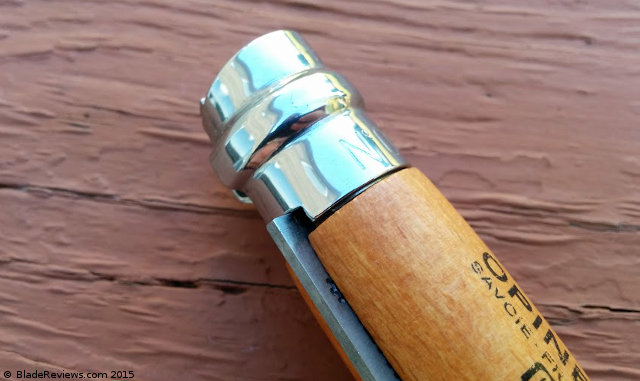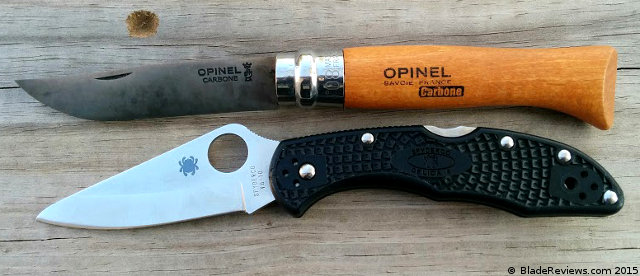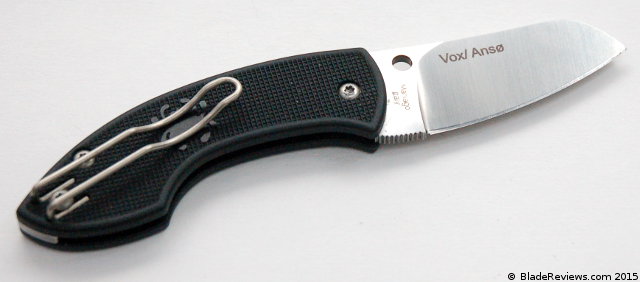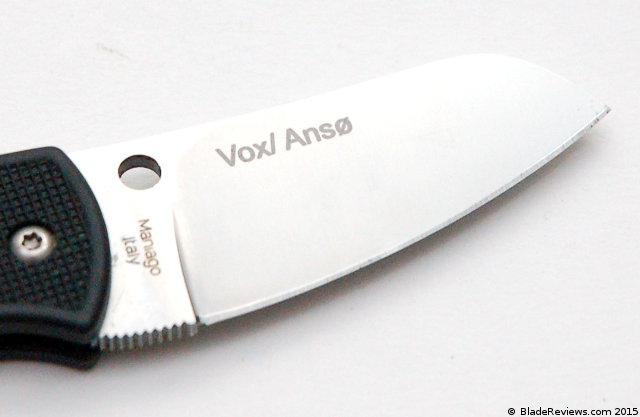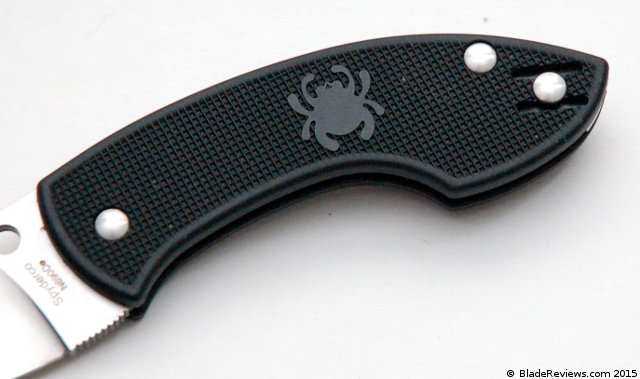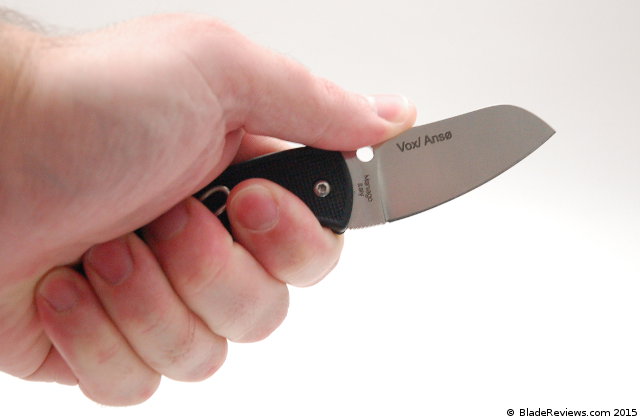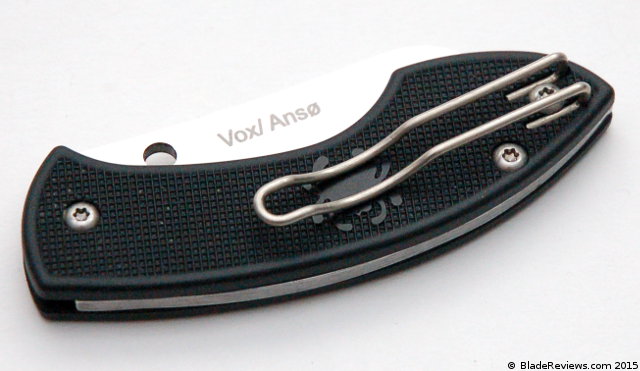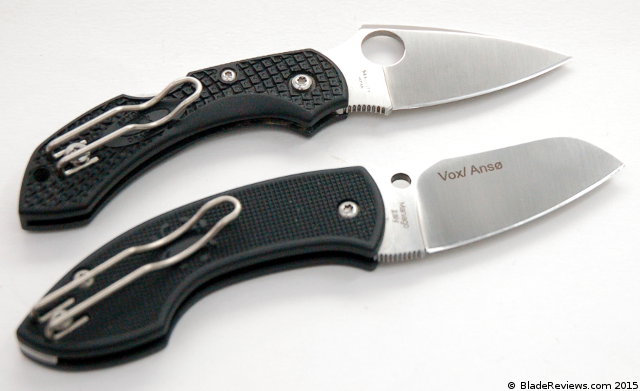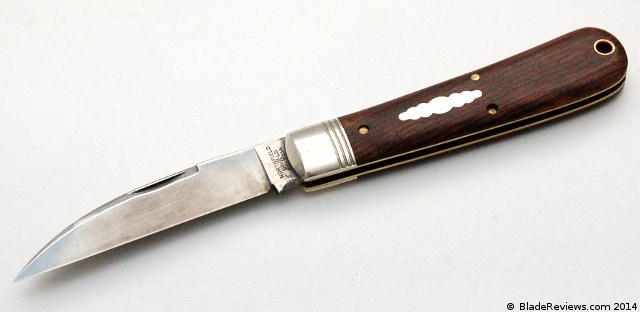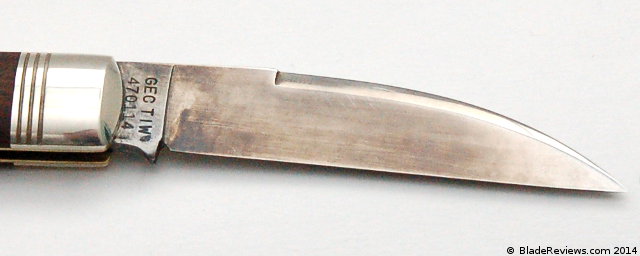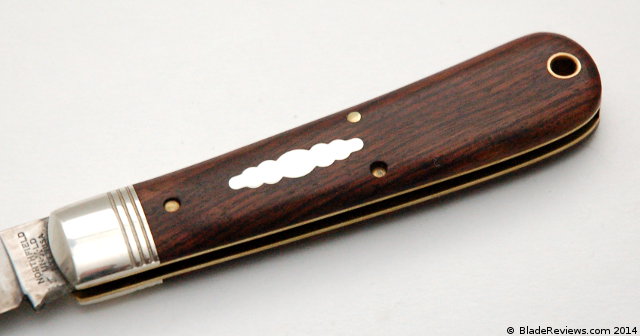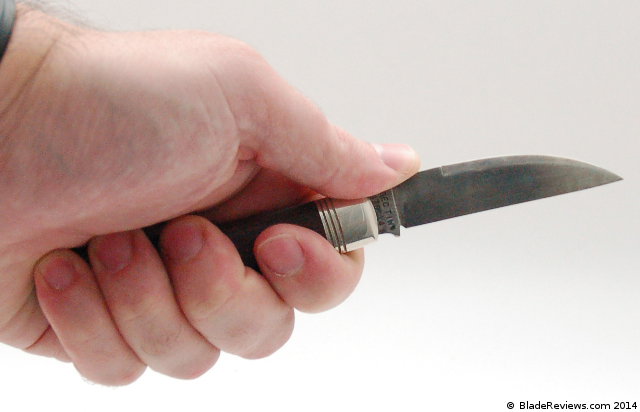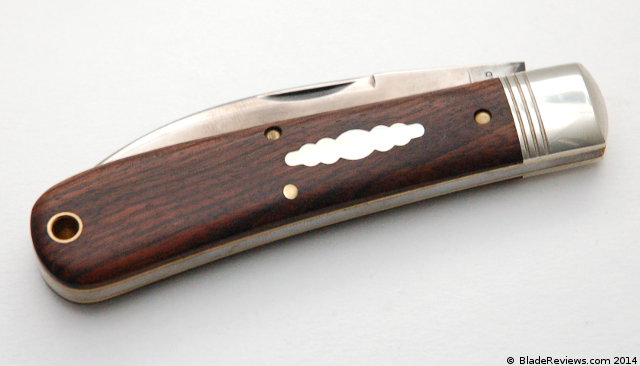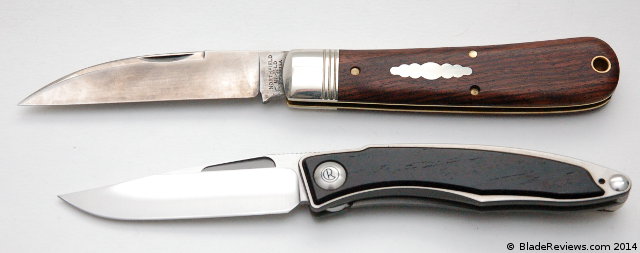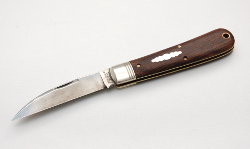Last Updated: August 3, 2019
There is a knife in South Africa known as the Okapi. Originally produced in Germany in the early 1900s for export to the German colonies in Africa, the trademark and tooling was purchased by All Round Tooling (aka Okapi South Africa) in 1988 and all production moved to South Africa. Made from high carbon or stainless steel, the Okapi is known as a workman’s knife due to its price and availability. For the same reasons, the Okapi is quite popular with the criminal element in South Africa.
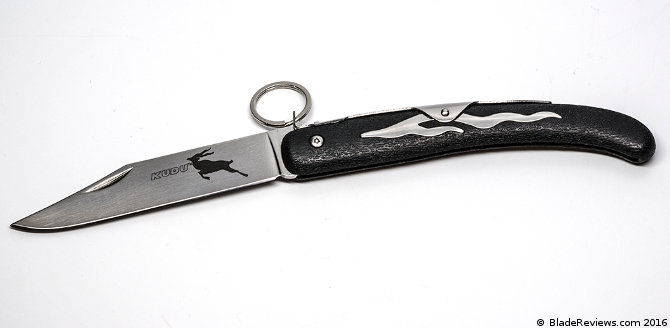
Buy the Cold Steel Kudu at BladeHQ.
The fighting systems of various peoples are always influenced by external factors. (I discuss this in detail in my book, Solving the Enigma: Insights into Fighting Models if you would really like to delve into this topic.) One of those influencing factors is weapon technology. The defects in the Okapi can be seen through the Cape Knife Fighting methods used by the criminal element of South Africa.
The Okapi has an unreliable ring-lock locking system and a dull blade that refuses to take or hold much of an edge. As a result, the knife is used in a reverse grip with the edge facing inward. Holding the knife edge inward ensures that in the event the lock fails, the blade will not collapse onto the user’s fingers. The blade is used to deliver ripping stabs since slashing and cutting strokes are rather ineffective.
Lynn Thompson of Cold Steel has a reputation for taking historical weapon and blade designs and reworking them with modern materials and Cold Steel technology to turn them into fully functional and virtually indestructible renditions of their ancestors. That is exactly what Cold Steel did with the Kudu, their reconstruction of the classic Okapi.
General Dimensions and Blade Details
The flat ground Kudu blade is constructed out of German 4116 Stainless Steel. Unlike the Okapi, the 4 ¼” blade of the Kudu is razor sharp right out of the box. The blade is thin in the tradition of the original Okapi, measuring at only two millimeters thick, and has an image of a kudu (a species of South African antelope) printed on the blade. The blade is most likely stamped out and then ground in the fashion of many Swiss Army Knives, rather than CNC machined, which gives it a little bit of a third-world feel to it. The blade is perfectly centered, but there is a bit of side-to-side play which is most likely due to the type of spacers used.
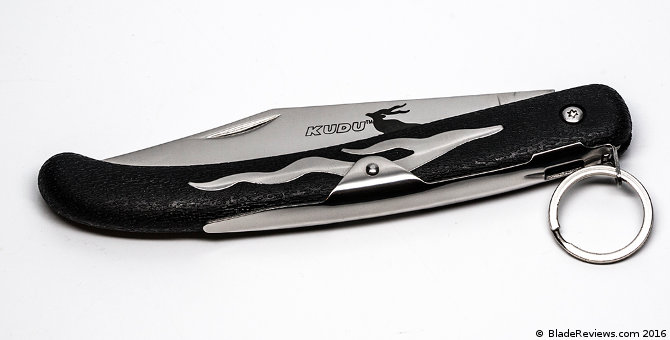
The entire knife is a whopping 10 inches long—not a small knife by any means. Lynn Thompson likes big folding knives and it shows that he did not take any exception with the Kudu. This knife is surprisingly light, however. At only 2.4 ounces, this knife feels like a feather in the hand.
The clip point blade of the Kudu is extremely sharp out of the box. I did some quick paper cutting tests with it and it performed superbly. Not having a lot of experience with Krupp 4116, I had to do a little research on this particular steel’s properties. Although all of the Internet commandos have their own opinions, but as far as metallurgy is concerned, 4116 is a modified form of 420C and is said to be on par with 440C for edge retention characteristics, but has a better corrosion resistance than 440C. So far, I would have to say that the Kudu’s edge retention has been pretty close to most of my 440C blades.
Handle, Ergonomics, and Carry
The curved handle of the Kudu is made from what appears to be two pieces of black zytel (Zy-Ex) fused together to form one piece. With the exception of the pivot pin, all of the handle hardware is external. The handle has a decorative metal kudu horn inlaid into the left side and a wood grain texture.
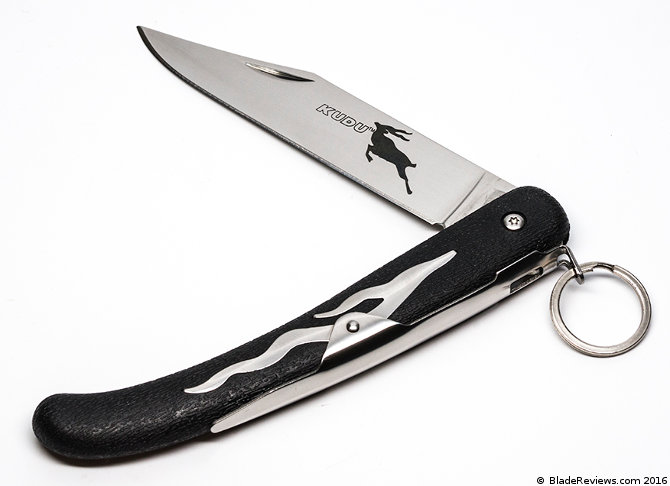
The faux wood grain texture on the handle adds to both the appearance and grip of the handle. The lack of any type of finger grooves means you can extend or choke up on the grip without any discomfort; however, with the absence of any kind of guard or quillon, this is not a knife that you would want to use for stabbing.
The Kudu does not have any type of pocket clip to facilitate carrying (Man, have we gotten spoiled or what?). The handle of the Kudu is so long that it actually carries fairly well in the back pocket of a pair of jeans, or in the front pocket along the seam. For an average size person, the ring will actually rest at the top of the pocket. Allowing the ring to sit just outside the pocket will put the knife within easy access.
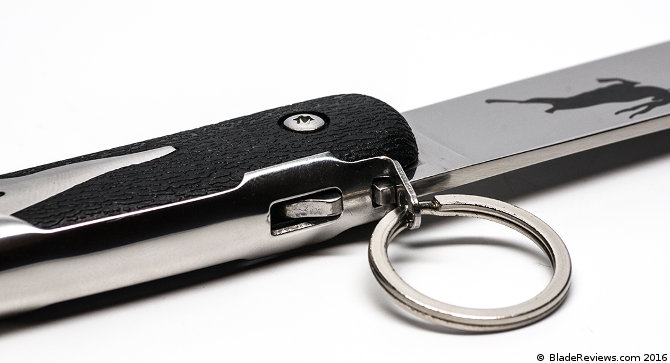
I performed some testing on the locking mechanism to see just how reliable it is. I gave it five solid spine whacks and five radius hits just below the tang. The blade remained solidly locked with no signs of compromise. I have no doubt the ring-lock on this knife is solid and dependable.
Deployment and Lockup
Kudu deployment requires two-handed opening using the thumbnail groove on the blade. Like the Okapi, the Kudu has a ring-lock, but one that actually works. For those who may not be familiar with this type of locking mechanism, a ring-lock is similar to a back-lock in function, except instead of pressing down on the back of the locking bar (rocker bar) to release the lock, you pull up on a ring near the front of the locking bar. Also, with a lock-back, the locking bar is inside the frame and fits into a cutout in the tang and locks the blade, whereas with a ring-lock, the locking bar is external and has a cutout that a notch in the tang fits into to lock the blade. Of course, this type of ring-lock system is completely different from the ring-lock system used by Opinel Knives, which involves rotating the bolster.
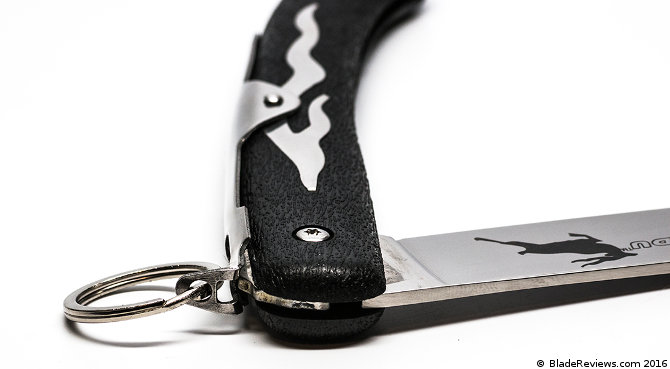
The lockup on the Kudu is quite strong. It takes some effort to disengage the locking bar. Again, for those not familiar with a ring-lock, there is some technique involved in closing this knife. Failure to use the proper technique could wind you up in the emergency room having your fingers stitched back together. To close the Kudu, you place your index finger through the ring and brace your thumb against the spine of the blade, then pull the ring and push against the blade. The tang of the Kudu has several notches that act as safety stops to prevent the blade from closing too quickly, but it is still important to keep your fingers clear of the blade’s path.
There are some techniques for modifying the Kudu to open and close a little smoother, but I will not discuss them here since this is done at the cost of some of the knife’s locking integrity. An interesting side note on deployment is that South African gang members will carry the Okapi partially open in the back pocket so that when it is pulled out by the handle, the tip of the blade catches on the seam, in the fashion of an Emerson Wave, and opens the blade. This works because of the dull blade and weak spring of the Okapi. If you tried this with the Kudu, you would end up with a partially opened knife and half of a back pocket.
Cold Steel Kudu Review – Final Thoughts
The Cold Steel Kudu is not a high-end tactical knife by any stretch of the imagination. It is well designed and well built, but it does feel cheap—because it is cheap. The Kudu retails for $9.99, but can usually be picked up for about $6.00. For a utility knife that can be used in the kitchen or thrown in the bottom of a tackle box, the Kudu is hard to beat on price alone. It blows away any knife you might buy at your local retailer for even double its retail price.
I typically carry high-quality, hard-use tactical knives on a daily basis since my primary purpose for an EDC knife is self-protection. With that being said, the Kudu will definitely not become my new EDC knife as it is neither designed to be nor intended to be a tactical knife, but I will definitely be throwing one in my utility drawer and probably one for a spare blade in my bug-out bag.
- Kudu features a highly rust resistant and beautifully mirror polished stainless steel blade
- handle is made from durable glass-reinforced Zy-Ex and has an attractive wood grain texture
- The Kudu is amazingly lightweight, versatile and functional
- The blade is 4-1/4-inch Overall dimensions 10", 2MM thick. Weights 2.4 oz.
- For safety, the Kudu¿ has been thoroughly. The locking mechanism will hold the blade rigidly
I recommend purchasing the Cold Steel Kudu at Amazon or BladeHQ. Thanks for reading.
